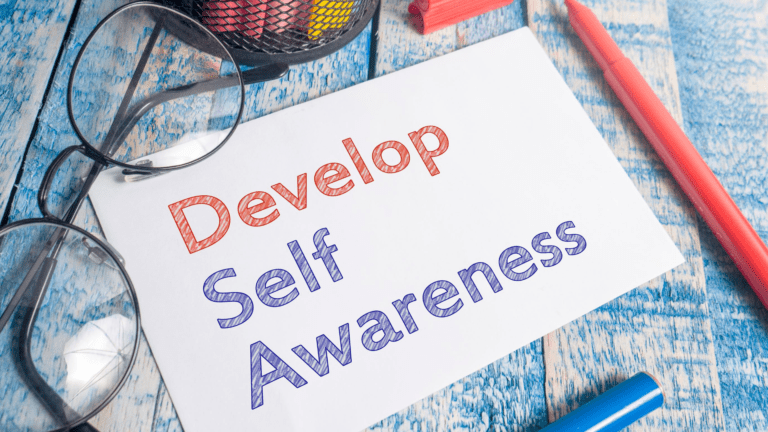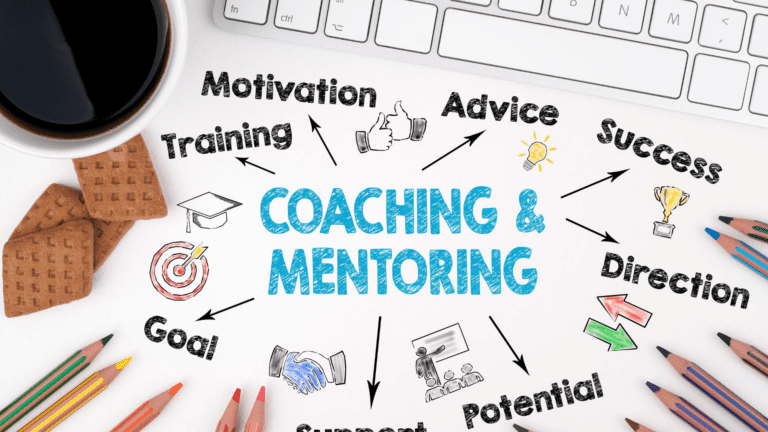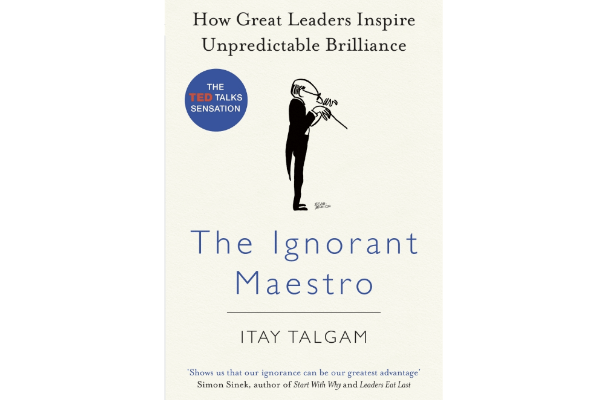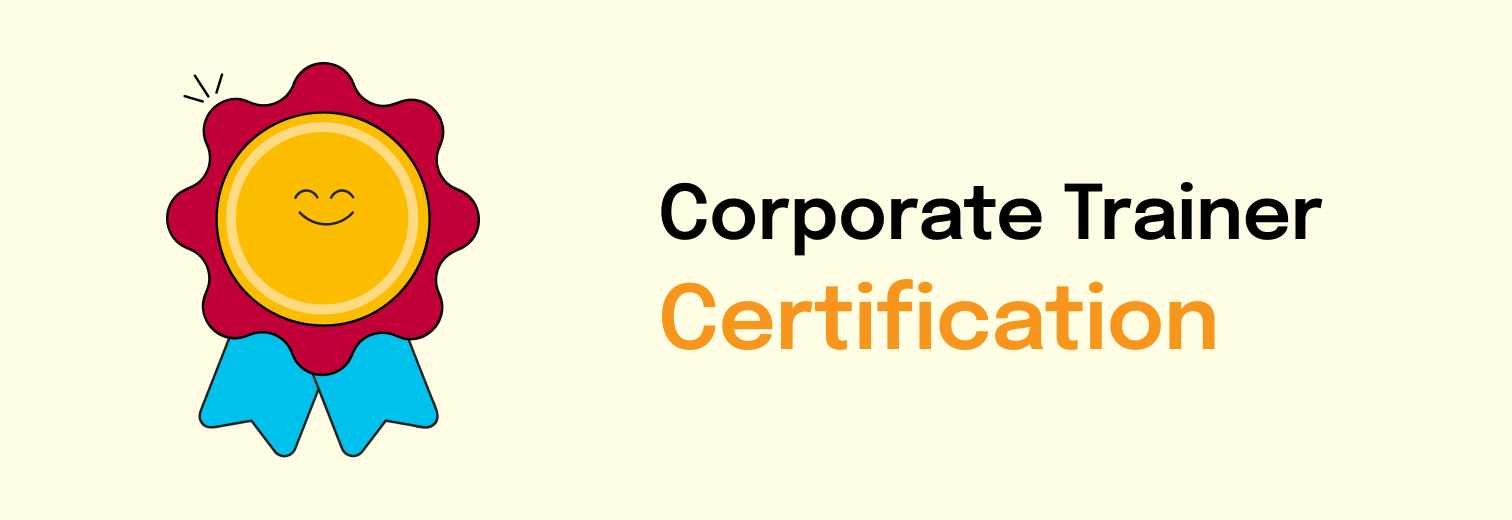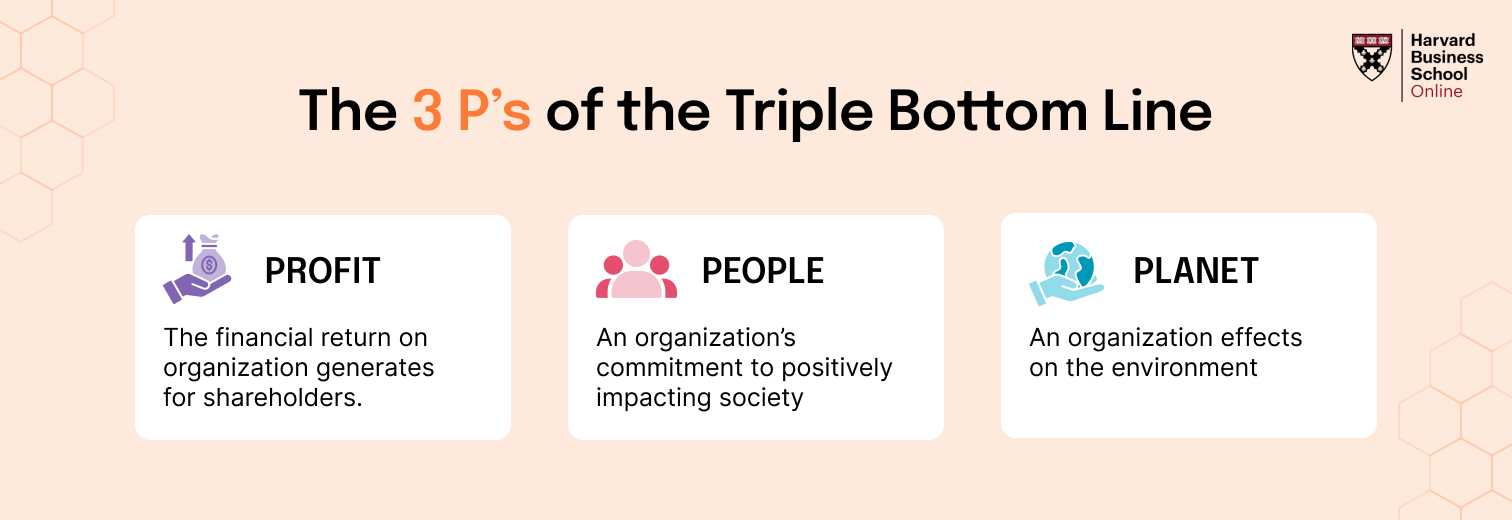Leadership development is a key priority for almost every organization I’ve worked with. But how do you cut through the noise and actually build something meaningful?
Let’s explore what truly matters when designing a Leadership Development Program (LDP), not just what looks good on a slide, but what actually transforms people into better leaders. A well-designed LDP goes beyond theory and gets to the heart of real-world leadership: self-awareness, adaptability, influence, and the courage to grow. It should not only equip people with competencies but also with the confidence to lead with purpose.
1. Begin With Self-Awareness
Table of Contents
Great leadership starts with self-awareness. Leaders must understand their strengths, blind spots, values, and how others perceive them. Psychometric tools like MBTI or Emergenetics can help uncover these traits. But the real game changer is honest feedback. When leaders engage in 360-degree assessments and take the time to reflect, they start making better decisions and connecting more authentically with those they lead.
In one of our programs, a participant learned through feedback that her tendency to dominate meetings stifled quieter voices. That moment of insight helped her evolve into a more inclusive leader. It’s not always comfortable, but it’s always powerful.
2. Drive Accountability From the Inside Out
True leadership is about enabling others to perform. I’ve seen leadership programs stumble when they focus only on setting goals, but not on equipping leaders to follow through. Accountability isn’t about micromanagement – it’s about clarity, consistency, and creating a culture where ownership is a shared expectation. When leaders hold themselves accountable, others follow.
We often ask participants to reflect on who holds them accountable, and whether they model the same for their teams. The best leaders build accountability systems that are personal, team-oriented, and consistent.
3. Equip Leaders to Guide Change
VUCA. Black Swan. These aren’t just trendy phrases—they’re the environment we operate in daily. And yet, many programs still fail to teach change leadership as a core skill. A solid LDP should help leaders understand resistance, lead through uncertainty, and become anchors of calm when things are shifting rapidly. Change leadership is less about managing projects and more about guiding people.
During a transformation engagement, one leader shared how simply listening and acknowledging his team’s fear during restructuring was more impactful than any formal communication. That’s the heart of leading change: empathy coupled with direction.
4. Redefine Leadership as Influence
In today’s workplace, hierarchy means little. Influence means everything. Leaders increasingly work across boundaries, without the safety net of positional authority. So teaching how to influence—how to earn trust, build credibility, and move people to action, is essential. Leadership today is often about shaping decisions in rooms you don’t even sit in.
This is especially true in matrixed organizations where collaboration across functions is key. Influence without authority is no longer optional – it’s essential.
5. Make Coaching a Language, Not a Module
The best leaders don’t just tell people what to do—they ask questions that help others find their own answers. Coaching shouldn’t be a one-off session; it should be a leadership habit. Programs should train leaders to listen deeply, give space for reflection, and hold conversations that spark growth. When coaching becomes second nature, teams become more self-sufficient and engaged.
A manager once told me, “Coaching felt awkward at first but now my team solves more problems without me.” That’s the shift we aim for.
6. Elevate Everyday Communication
Leadership is a communication role. Every email, town hall, and casual check-in shapes how people feel and act. Strong communication isn’t just about being articulate: it’s about presence, timing, and empathy. Leaders should learn to tell stories, handle difficult conversations, and communicate across platforms and personalities. When leaders speak well, they lead well.
Clarity of message, alignment with purpose, and a human tone can transform even routine messages into moments of motivation.
7. Apply the 70:20:10 Rule
The 70:20:10 model is more than theory. It reflects how we actually grow. Seventy percent of development happens through experience, twenty percent through relationships, and ten percent through structured learning. Your program should echo this reality. Formal training matters but it’s what leaders do with it that truly counts. Give them stretch assignments and real-time challenges to make learning stick.
One of the most engaged alumni communities we built was rooted in on-the-job learning. Leaders shared their in-role experiments, reflected together, and even created short case studies of their initiatives.
8. Let Real Projects Lead the Learning
A real business project is one of the best classrooms. When a leader is tasked with solving a tangible challenge, learning becomes contextual and urgent. Assignments like launching a new product, turning around a struggling process, or improving customer satisfaction don’t just build skills – they build confidence. Make space in your LDP for this kind of experiential learning.
Real accountability, feedback loops, and executive reviews of these projects raise the stakes – and the learning.
9. Use Volunteer Roles for Practice
Leadership doesn’t always happen in the office. Volunteer opportunities – whether through CSR initiatives or industry forums offer safe, meaningful ways for leaders to experiment, influence, and grow. These settings provide a different context for leadership, often one that’s more diverse, less structured, and highly revealing.
These roles help emerging leaders develop without the constraints of job titles. They practice leadership because they believe in a cause – not because they were asked to.
10. Create Opportunities for Cross-Pollination
Great leaders learn from great leaders. Bring emerging leaders into contact with seasoned ones. Organize exposure visits, arrange reverse mentoring, or host fireside chats. When people hear how others tackle similar challenges, it expands their thinking. The ripple effects of these insights are often long-lasting.
We once curated a session where participants interviewed C-level executives and shared their learnings with peers. The room was buzzing for days.
Related Reading: Team-building interventions help unlock the power of peer learning and shared insight.
11. Match the Journey to the Learner
One size doesn’t fit all. A first-time manager and a senior executive are at different stages of their leadership journey. Your LDP should reflect that. Design separate tracks that cater to different leadership levels: leading self, leading others, and leading leaders. Customize not just the content, but also the format and pace. And don’t be afraid to make it enjoyable. Senior programs can be fun too.
I often remind clients that complexity isn’t always better – relevance is.
12. Anchor the Program in Clear Goals
“If you don’t know where you are going, any road can take you there.” That quote from Lewis Carroll applies perfectly to LDPs. Start with clarity. Define the objectives, chart the milestones, and create a roadmap. When participants see progress and know what success looks like, they’re more engaged. Leadership is a journey, not a one-time event. Design your program to reflect that truth.
A strong goal framework not only measures outcomes, it builds commitment.
Final Thoughts: Make It Human
If you’re looking to build a powerful, immersive, and impact-driven leadership development program, you don’t have to do it alone. The FocusU Leadership Development Journey is designed to help organizations nurture leaders at every level – from emerging managers to seasoned executives. Grounded in experiential learning and built around your business context, our programs are crafted to drive measurable behavior change and lasting transformation.
Whether it’s building self-awareness, influencing without authority, or leading in a VUCA world – FocusU helps leaders not just learn, but lead with purpose.
At the end of the day, the perfect leadership program isn’t just structured – it’s soulful. It connects with people. It helps them stretch, reflect, and discover. It doesn’t just develop better professionals, it inspires better humans.
So, as you design your next LDP, ask yourself: Does it feel real? Does it feel human? Does it spark growth?
Bon voyage on your leadership design journey. Fair winds and following seas!

